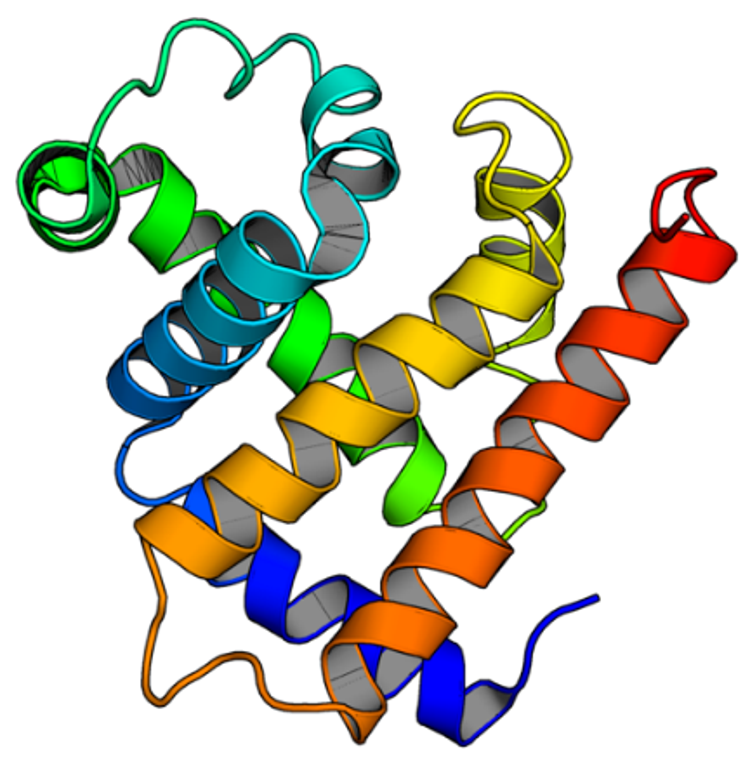2024-01-03 ワシントン大学セントルイス校
◆この研究は、ウイルスのタンパク質と動物細胞の受容体との複雑な分子相互作用を理解することで、ウイルス感染症の治療法とワクチンの基盤を提供する結果をもたらしています。
◆EEEVは希少ながら致死的な脳感染症を引き起こし、現在有効なワクチンや特定の薬剤は存在していません。研究者はウイルスが特定の受容体にどのように結合するかを調査し、その結果からウイルスとマウスを保護する効果的な分子を設計する知識を得ました。
<関連情報>
- https://source.wustl.edu/2024/01/study-reveals-clues-to-how-eastern-equine-encephalitis-virus-invades-brain-cells/
- https://www.sciencedirect.com/science/article/abs/pii/S0092867423013181
東部ウマ脳炎ウイルスによるVLDLR利用の構造的・機能的基盤を解明 Structural and functional basis of VLDLR usage by Eastern equine encephalitis virus
Lucas J. Adams, Saravanan Raju, Hongming Ma, Theron Gilliland Jr., Douglas S. Reed, William B. Klimstra, Daved H. Fremont, Michael S. Diamond
Cell Published: January 3, 2024
DOI:https://doi.org/10.1016/j.cell.2023.11.031
Summary
The very-low-density lipoprotein receptor (VLDLR) comprises eight LDLR type A (LA) domains and supports entry of distantly related alphaviruses, including Eastern equine encephalitis virus (EEEV) and Semliki Forest virus (SFV). Here, by resolving multiple cryo-electron microscopy structures of EEEV-VLDLR complexes and performing mutagenesis and functional studies, we show that EEEV uses multiple sites (E1/E2 cleft and E2 A domain) to engage more than one LA domain simultaneously. However, no single LA domain is necessary or sufficient to support efficient EEEV infection. Whereas all EEEV strains show conservation of two VLDLR-binding sites, the EEEV PE-6 strain and a few other EEE complex members feature a single amino acid substitution that enables binding of LA domains to an additional site on the E2 B domain. These structural and functional analyses informed the design of a minimal VLDLR decoy receptor that neutralizes EEEV infection and protects mice from lethal challenge.
Graphical abstract



